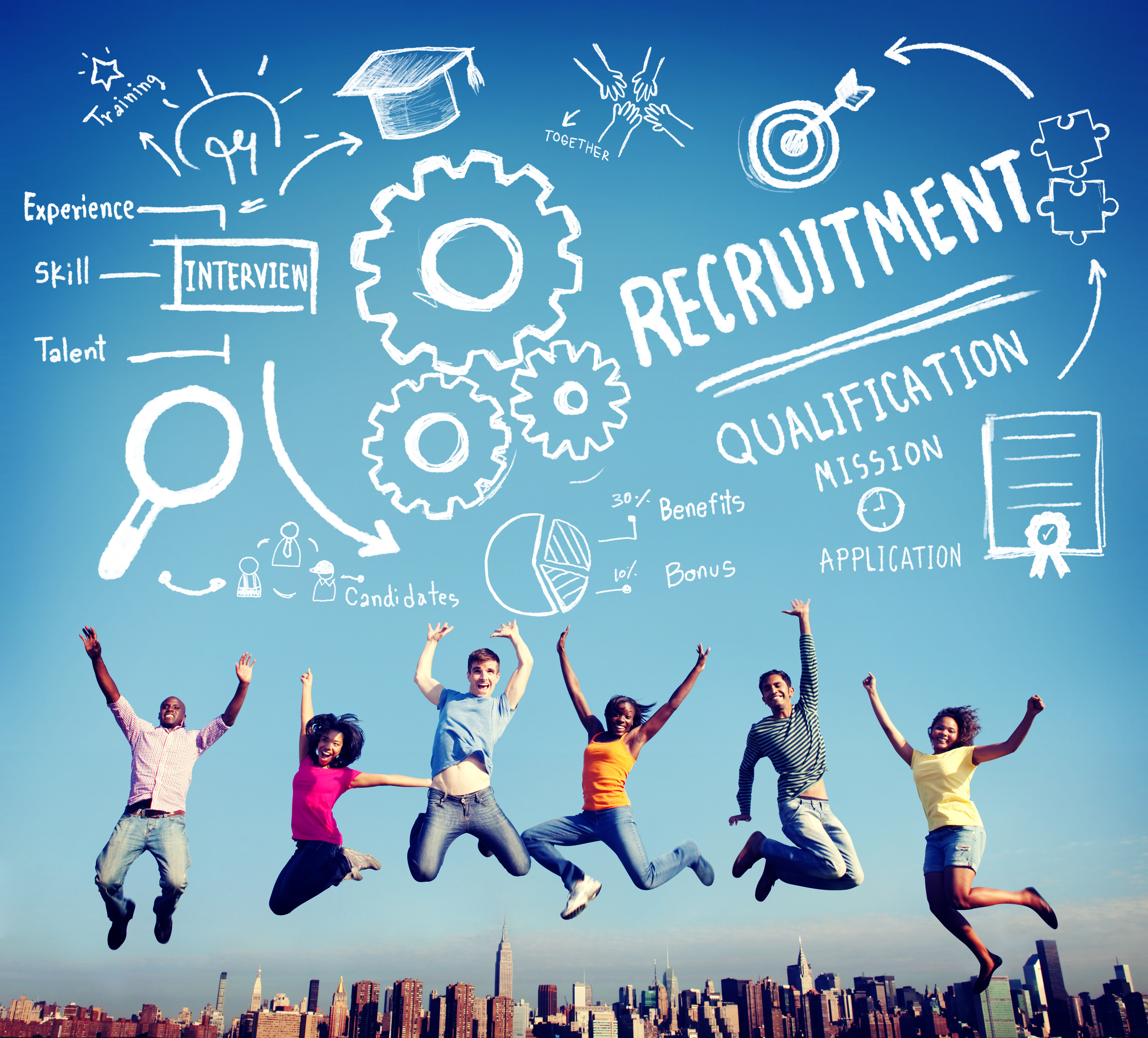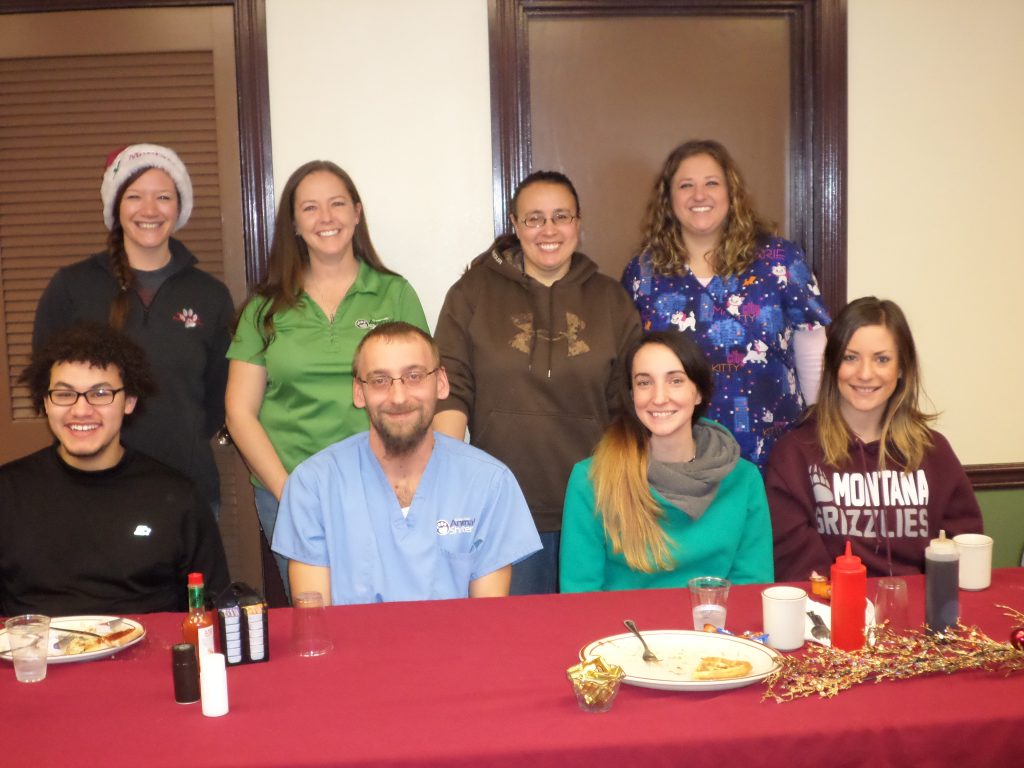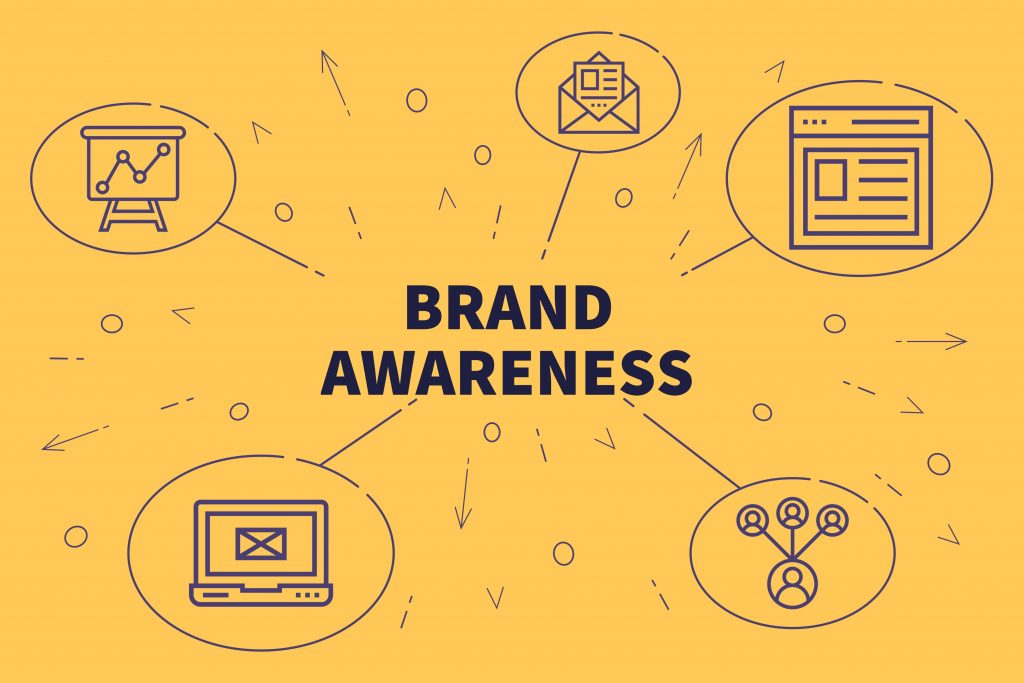
Today’s Buzz is by Jenn Reichelt, Senior Associate, The Novak Consulting Group (Twitter & LinkedIn)
What I am Watching: recently binged watched Stranger Things Season 3
What I am Reading: Thinking Fast and Slow by Daniel Kahneman
What I am Listening to: NPR every morning
Employees are our most important asset. You’ve heard this statement a hundred times. You’ve probably said it at a staff meeting and maybe even repeated it at a council meeting or a budget hearing. I certainly have.
Employees are the lifeblood of our organizations. They keep our cities, towns, villages, and counties operating 24 hours a day, seven days a week. Some of the most critical decisions you’ll make throughout your career will be hiring decisions.

As a manager, some of my most fulfilling moments were witnessing successful hires thrive and grow and make a positive impact on the organization. Anyone who has survived a bad hire understands the negative impact recruitment and selection can have in an organization.
As I’ve transitioned into the role of consultant and recruiter, I’ve had the opportunity to work with jurisdictions across the country. It has been eye-opening to see how recruitment in local government has changed over time.
There is nothing more satisfying than helping an organization find the right candidate for a position, and this doesn’t happen by accident. It takes strategy, planning, and thoughtful attention to detail.
Not too long ago, as local governments, we didn’t have to do much to recruit the best and brightest. They wanted to work for us. We were a safe bet. Typically, we offered the best benefits and retirement programs, and employees stayed with us through retirement. The recruitment process included a job announcement on a bulletin board in City Hall, an ad in the local paper, and applications were submitted to Human Resources.
Today, the job market is 90% candidate driven – we don’t pick the talent; they pick us.[1] Unemployment is at a record low of 3.7%, and as the employee pipeline is shrinking, demand is outpacing supply, especially in technical fields and trade professions. Gone are the days of employees staying in one job until they retire. I’ve changed jobs three times, and according to LinkedIn, people will change jobs 15 times over the course of their career (wow!).

If you haven’t looked at your organization’s recruitment process recently, it’s time. Across all industries, everyone is competing for the same group of limited employees. A recruiting process that differentiates your organization and your position from the crowd is key to your success. Effective recruitment involves the appropriate use of technology, positive brand awareness, a broader look at benefits, and ensuring candidates have a positive experience.
Organizations that use outdated recruiting and hiring practices risk losing out on and attracting potential employees. Your organization needs to look like it’s operating in 2019, which means utilizing technology effectively. Some questions to ask yourself:
- Is your website easy to navigate?
- Do you have a social media presence?
- Are you using an applicant tracking system that is candidate-friendly?
Technology has changed our lives in so many ways, and it should be changing how you think about and conduct recruitments. For example, applicants can use their LinkedIn profiles to share their past work –like projects, presentations, videos, and blogs – with potential employers.
Through online job boards, forums, and social media, we can reach applicants thousands of miles away. But to be a part of the conversation, your organization must be online, participating in social media platforms, and engaging with users.
In today’s technology-driven society, we spend most of our time on our mobile devices and social media accounts. We leave and read reviews about everything, including businesses and organizations. Research by LinkedIn indicates that more than 75% of job seekers review a company’s reputation and brand before applying.
 This translates to local governments, also. Candidates may watch your council or board meetings online, follow you on social media, and see what your employees say on Glassdoor. Organizations with a bad reputation not only struggle to attract candidates but also to retain employees. Brand awareness is key.
This translates to local governments, also. Candidates may watch your council or board meetings online, follow you on social media, and see what your employees say on Glassdoor. Organizations with a bad reputation not only struggle to attract candidates but also to retain employees. Brand awareness is key.
Brand awareness communicates whether your organization is a great place to work to existing employees and potential applicants. The way the public, your employees, and your customers perceive you impacts your organization’s brand.
One easy way to promote your brand is to ask employees to share what they like or enjoy most about working for your organization on social media or in a video that can be posted on your website. You can shape your organization’s brand through clear messaging. Leave government speak (acronyms, technical jargon, etc.) out of job announcements, when talking to applicants and posting to social media.
I can’t stress enough how critical the candidate experience is. As a firm, we believe applicants should have a positive experience, and as a manager, this was a value I instilled in staff. Even if a candidate may not be the right fit for a particular position, they may be for the next one. A candidate who has a negative experience with your organization is less likely to accept a future position or apply again. And they are not going to be a positive brand ambassador for your organization.
Ensuring candidates have a positive experience may take some work on the front end. It may involve training staff members, utilizing technology to keep candidates updated, communicating more frequently with applicants, or simply making those difficult phone calls quickly after interviews.
While it is vital to remain competitive in the market, salary isn’t everything. When it comes to compensation, employees today are looking at total rewards and wanting more. This means that as local governments, we need to be open to new ideas and be flexible if we want to stay competitive and relevant. We have five different generations in the workplace who want and may need different things.
Creative benefit options range from such things as flexible schedules, job sharing, parental leave, teleworking, more time off, tuition reimbursement, and wellness programs. The list goes on and on. The idea is to be flexible and think about what your current and future employees want. Total compensation isn’t just salary, benefits, and retirement anymore. As local governments, we need to think more broadly.
Ensuring you have an effective recruitment process is critical to the success of your organization. It won’t happen without careful thought and planning. Take the time to invest in your most valuable resource.
[1] Recruiter Sentiment Study, 2015
